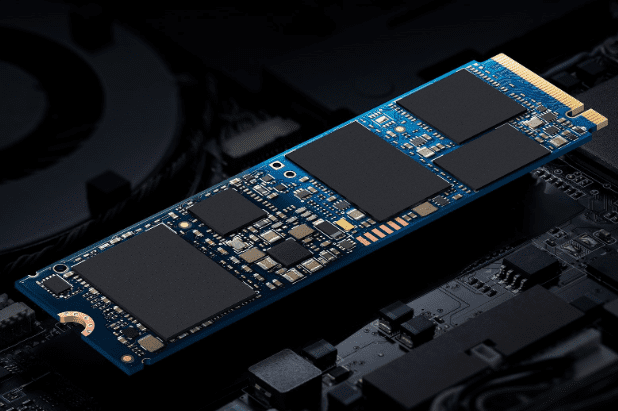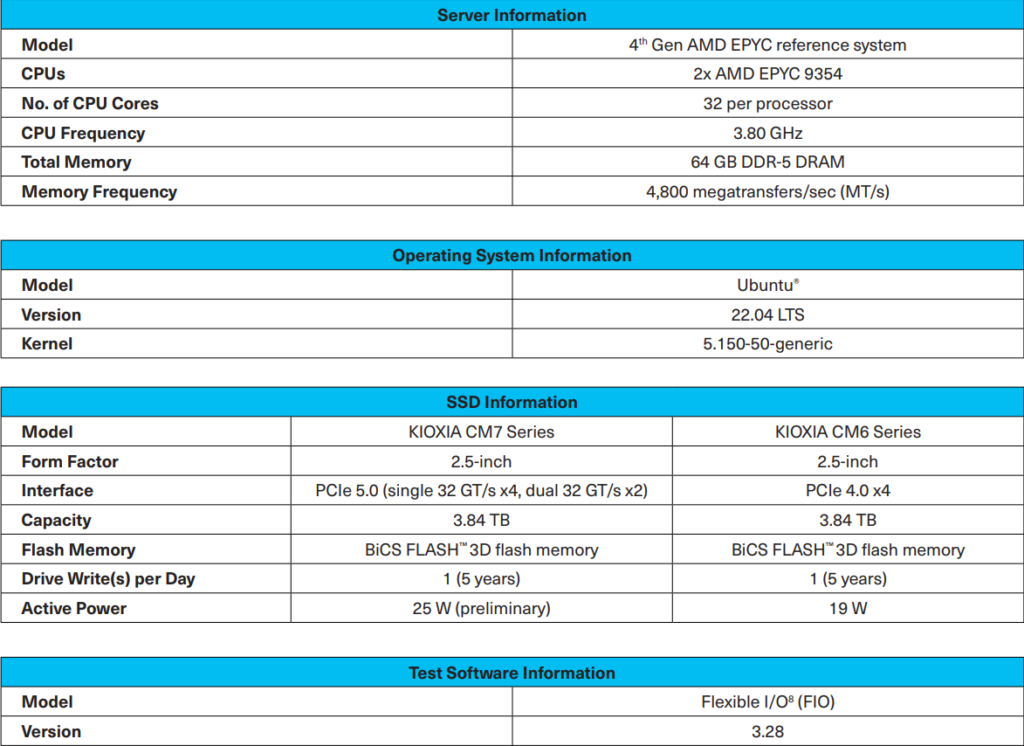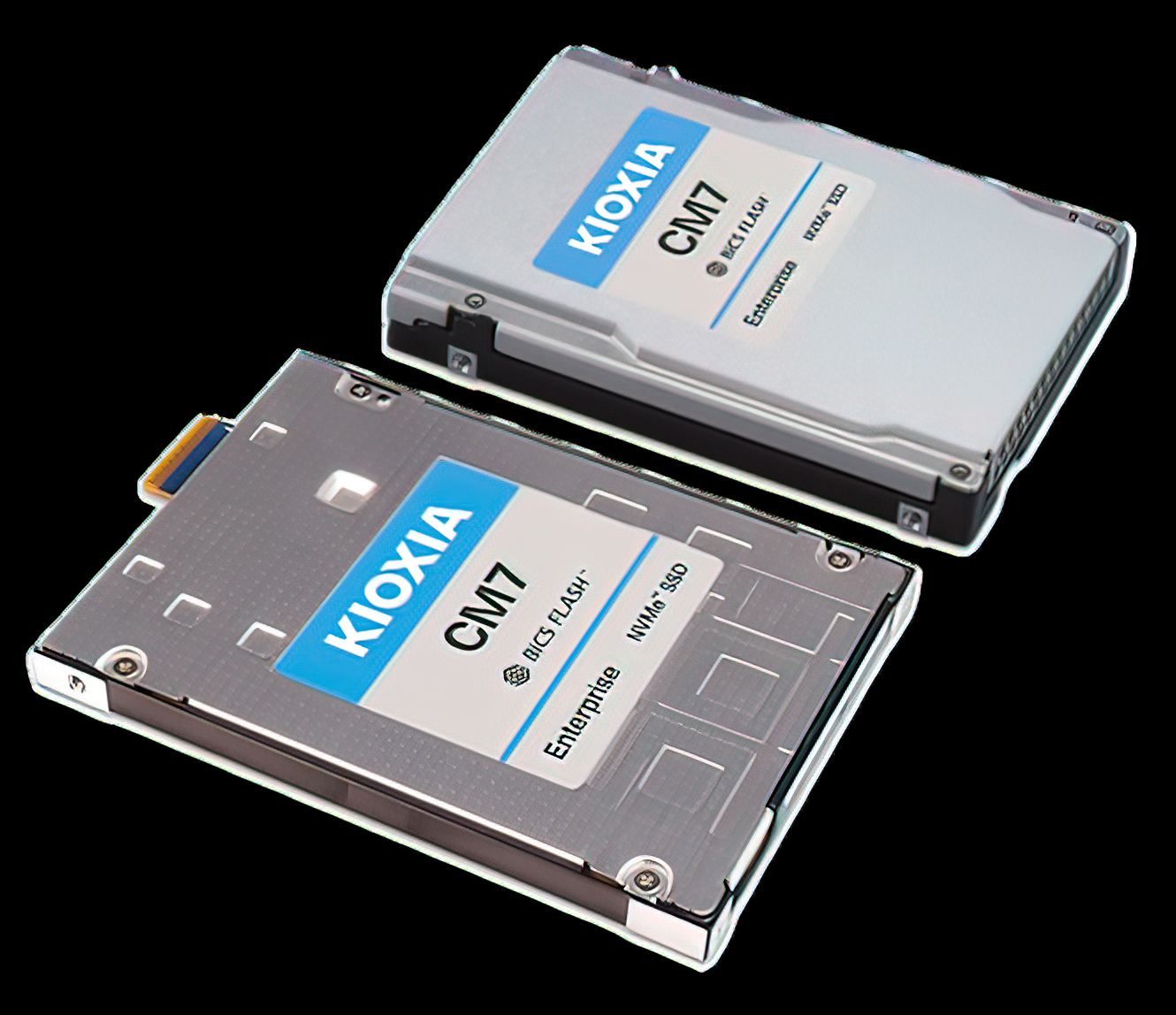On AMD’s EPYC Genoa CPU architecture, KIOXIA has displayed the first performance demo of their next-generation CM7 PCIe Gen 5 NVMe SSD. AMD recently unveiled its 4th Gen EPYC Genoa CPUs, which represent a fresh start for the red team on their most recent SP5 architecture.
KIOXIA is utilizing the new platform’s PCIe Gen 5.0 capability, one of its many capabilities, to showcase the next-generation CM7 Series PCIe Gen 5.0 NVMe SSDs.

In the demonstration, KIOXIA used its recently released CM7 Series SSD, which features compatibility for NVMe 2.0 and PCIe 5.0 requirements and is available in an EDSFF E3.S and 2.5 Inch form factor.
There are two different models of the SSD:
- Read Intensive: 1 DWPD / Up To 30.72 TB Capacities
- Mixed Use: 3 DWPD / Up To 12.80 TB Capacities
Both variations include a dual-port architecture for High Availability (HA) applications, protection against flash die failure, a Self-Encrypting Drive (SED) that supports TCG Opal and TCG Ruby, as well as a SED option of FIPS 130-3. The drive was put through its paces on an AMD EPYC Genoa test platform with a dual-socket, 32-core EPYC 9354 CPU. The machine’s other specifications were a reference Trinite motherboard, 64 GB of DDR5-4800 memory, and Ubuntu 22.04 LTS operating system. The CX6 PCIe Gen 4.0 drive and the CX7 PCIe Gen 5.0 drive were compared. Each drive held 3.84 TB of storage space. While the CX6 operates at a 19W active power mode, the CX7 operates at a slightly higher 25W active power.

In terms of performance comparisons, the KIOXIA CM7 PCIe Gen 5.0 SSD outperformed the CM6 SSD by 98.5% in sequential read throughput and 57% in sequential write throughput. The drive’s maximum transfer rate of 13.7 GB/s is almost at the upper limit of the NVMe Gen 5.0 standard’s 14 GB/s maximum capacity. This is undoubtedly a fast NVMe SSD, and PCIe Gen 5.0 is solid evidence that future generations will offer significantly faster throughput speeds.
Also read:








